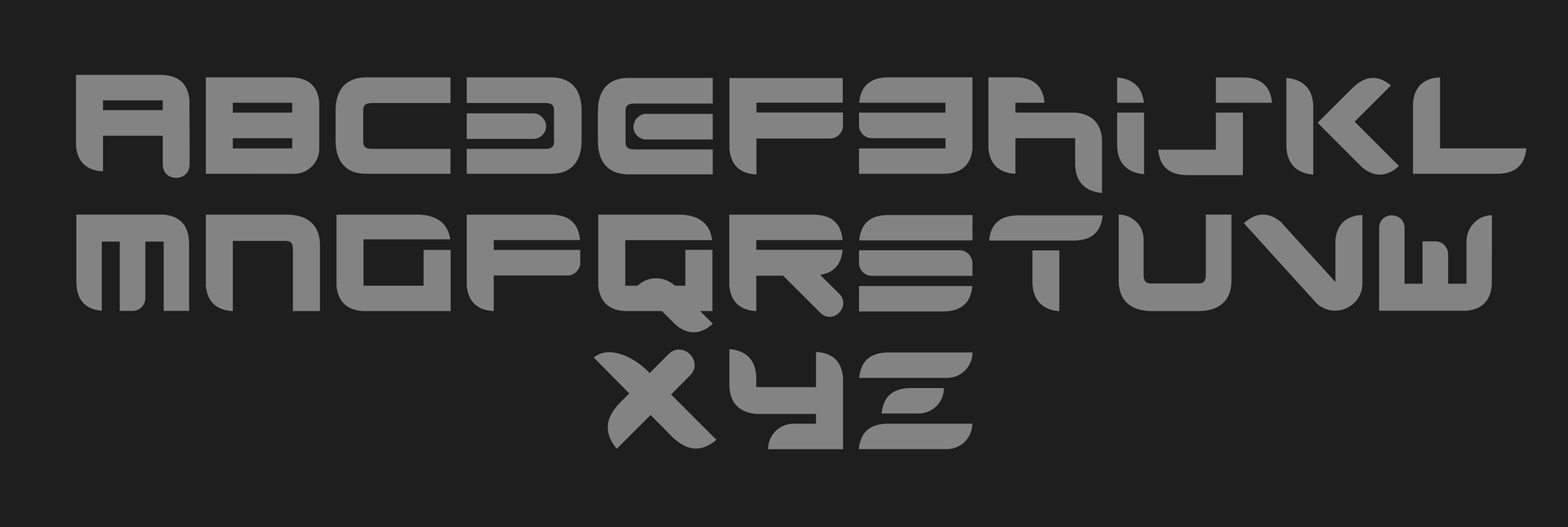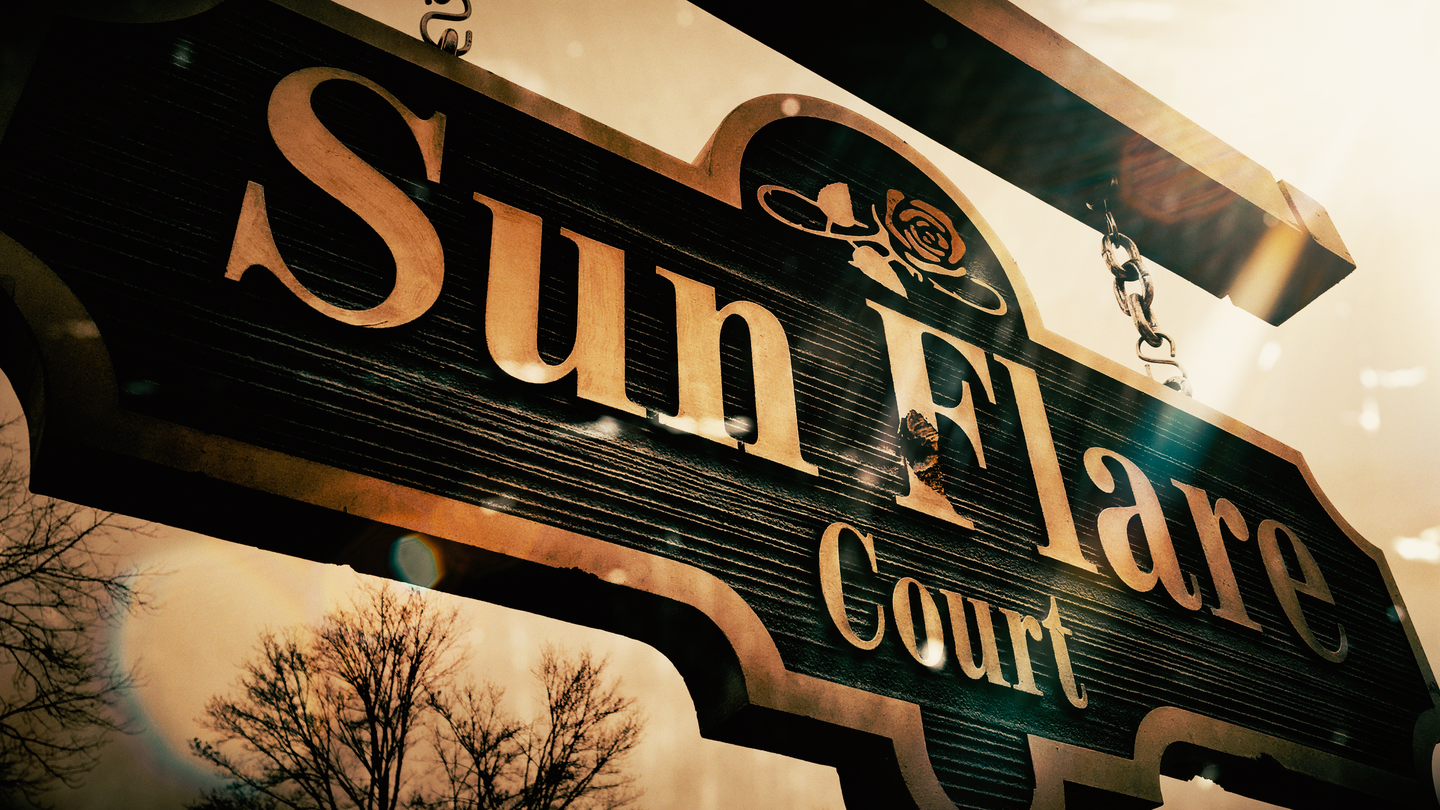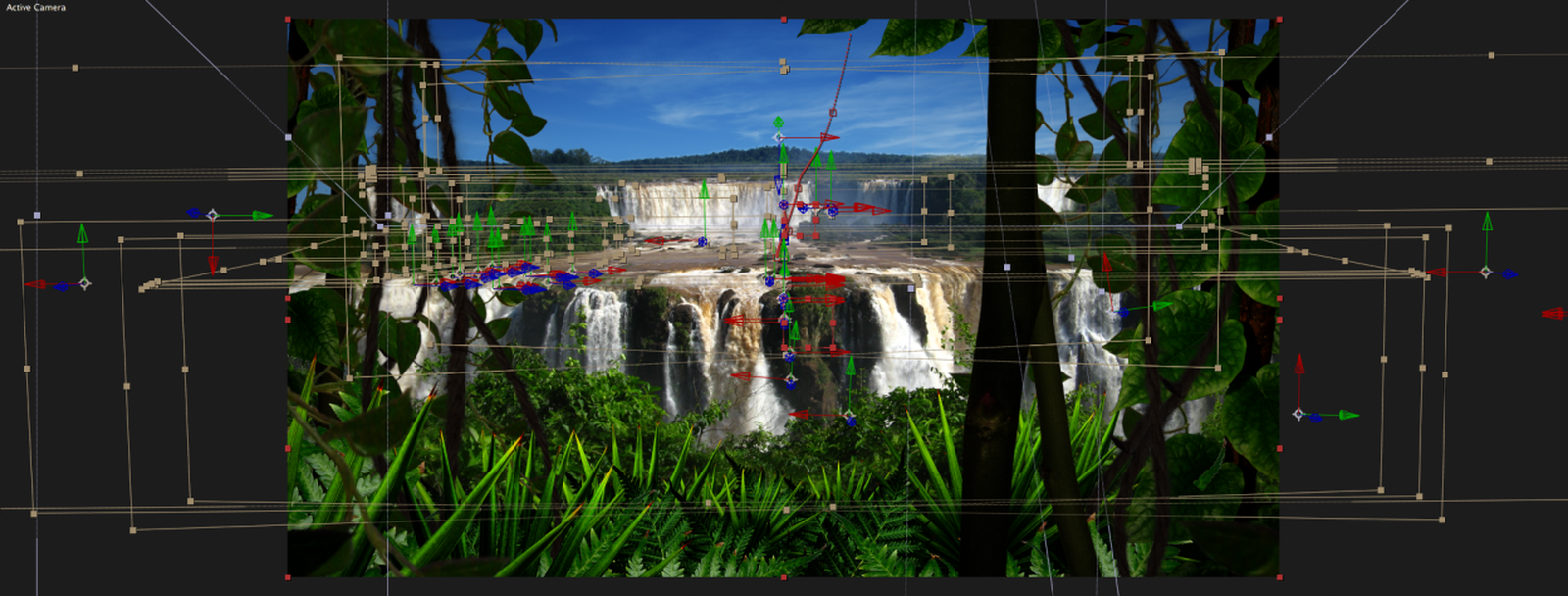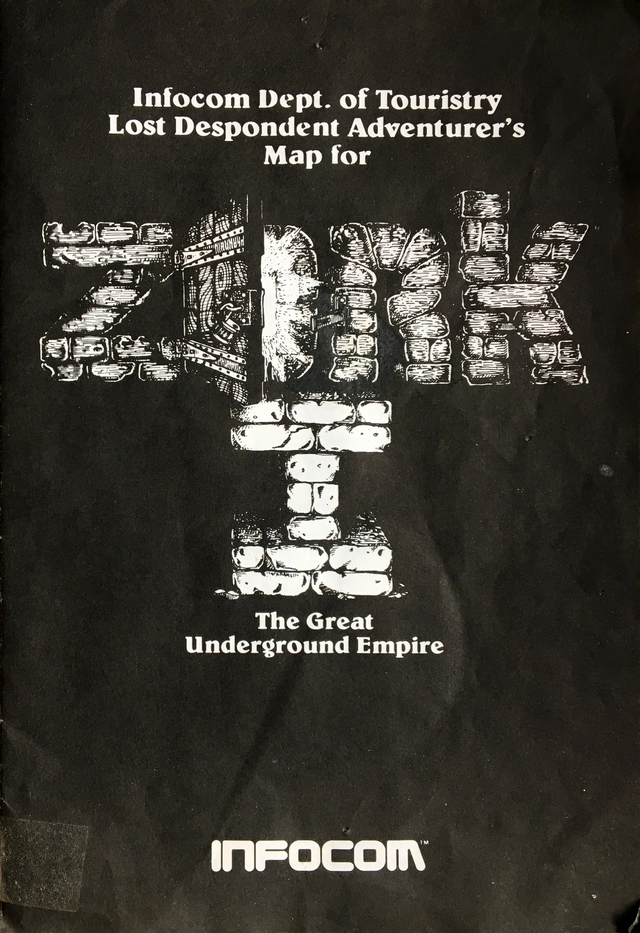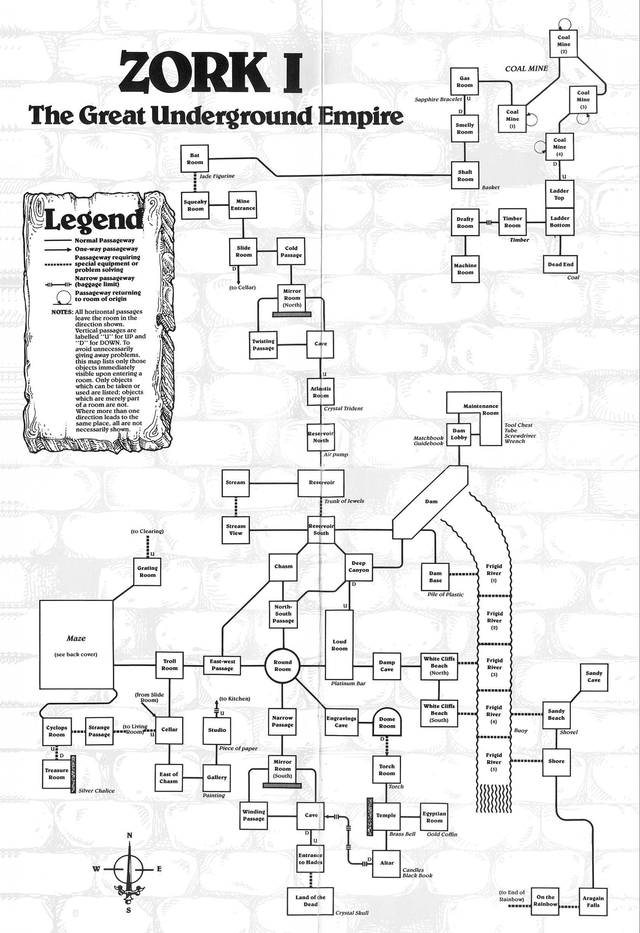I’m pleased to share that I’ve decided to design a font based on the custom characters I created for the “Design” part of the Vinson Design logo refresh.
The family is codenamed “Flux” and will feature varying weights, custom characters, upper and lowercase, small caps, and ligatures. Here is a preview of the work in progress.
I’ve also finally gotten around to utilizing the custom splatter textures I created years ago as part of a concept for Red Giant Software called SplatterFX utilizing JavaScript and Trapcode Particular.
The concept didn’t go any further than a proof of concept, and they decided to pass. So, with that said, “Blood Type” is also underway and will be available as a free font.

